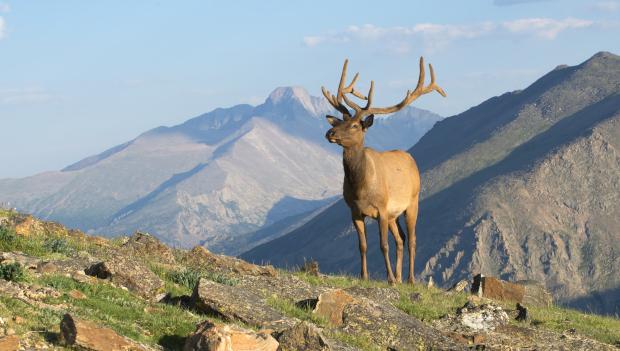
America’s state parks are great places to get outdoors and learn about wildlife. There is a lot to learn and nature centers can tell much about the habitat of animals in the wild and human/animal relationships. Best of all is seeing wild animals in their own environment; living, interacting, and traveling from place to place. When you visit state parks, you not only can enjoy the view of wildlife in their natural spaces, but you can also take incredible photographs to be able to appreciate wildlife for years to come. ReserveAmerica has listed some interesting animals here in North America and some state parks where you can see them while keeping a safe distance.
Alligators
Just about everyone can recognize an alligator. With their rounded snouts and black color, they are found in slow-moving rivers, lakes, ponds and swamps. The American alligator can be up to 11 feet long and weigh almost half a ton. These social creatures commonly stay in groups and bask in the sun to get warm. Although alligators mostly eat meat, like birds, fish, and other small mammals, they also will sometimes eat fruit.
Interesting place to see alligators: Lake Fausse Pointe State Park, Louisiana
This state park offers bayou tours and this is where you can view the alligators that live here. Taking a tour is always fun, but there are times when you may want to get out on your own to experience nature. You can rent a canoe or a kayak and travel the seven-mile trail through the park. You’ll not only enjoy the occasional glimpse of an alligator but you’ll be able to watch the turtles sunning and the wood storks wading.
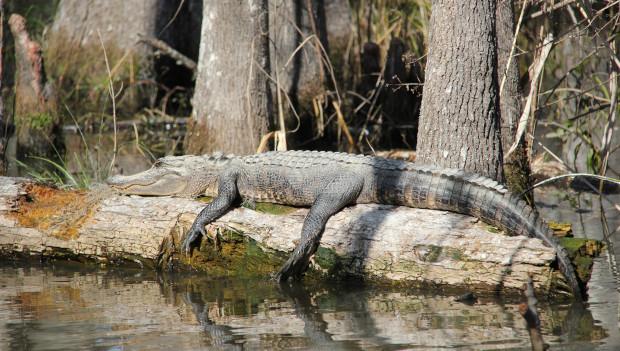
Black Bears
The black bear is the smallest of the bears that live in North America. They are about four to seven feet long and two to three feet at the shoulder. They may weigh up to 300 pounds or more. These bears are creative, intelligent and extremely resourceful. They are inquisitive and very tolerant of people. Black bears feed on fruit, vegetation, nuts and shoots.
Great place to see a black bear: Mueller State Park, Colorado
In this state park with its many aspen trees and more than 40 miles of trails to explore, you may certainly catch a glimpse of wildlife here, including elk, deer, fox, and of course, black bears. While keeping your distance to stay safe, you can take photos of a bear or any other wildlife you see. Activities to enjoy in Mueller State Park are hiking, mountain biking, and bird watching. The park is open year round so you can also experience sledding, cross-country skiing, and snowshoeing.
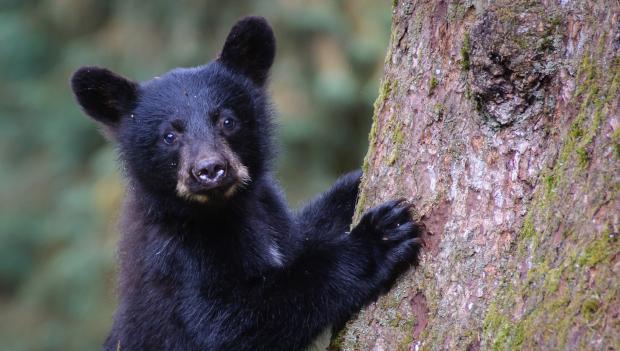
Prairie Dogs
Prairie dog towns are always fascinating, with colonies of these little creatures creating a special feature of any park. Prairie dogs make intricate underground networks that also make shelter for toads, snakes and jackrabbits. These small mammals are tough and fast, and are also very skilled at fighting with their sharp claws and powerful teeth. Research has found that their squeaky calls convey amazing details to each other. They can communicate that someone approaching their burrow is not only a human, but a large human wearing red.
Where to see prairie dogs: Prairie Dog State Park, Kansas
One of the best places to see a thriving colony of prairie dogs is in Kansas’ Prairie Dog State Park. This park also provides great fishing opportunities. You can catch walleye, crappie, catfish, and black bass. Explore the Keith Sebelius Reservoir and hike the nature trail which has interpretive signage. You’ll also see two vintage historic structures, the one room schoolhouse and the renovated adobe house built in the early 1890s.

Bighorn Sheep
The massive horns of a bighorn sheep are always recognizable. They curl down over the ears and reach even further down and then move up past the cheeks. When the male or ram has reached 7 or 8 years of age, he will have a full set. Females or ewes have shorter and smaller horns that do half a curl. Bighorn sheep live mostly in alpine meadows, foothill country and grassy mountain slopes and primarily eat grasses. Their sure footing helps them move easily on very rugged terrain.
One place to see bighorn sheep: Cottonwood Canyon State Park, Oregon
This park is one of the newest state parks in Oregon. If you look carefully, you may catch sight of a herd of bighorn sheep. With vast rugged terrain, many kinds of wildlife make their home in this park. You might also see mule deer, coyotes, elk, and pronghorn antelope. A white-tailed jackrabbit may cross your path. Other opportunities in this park are fishing the John Day River, hiking the trails and exploring deep canyons.
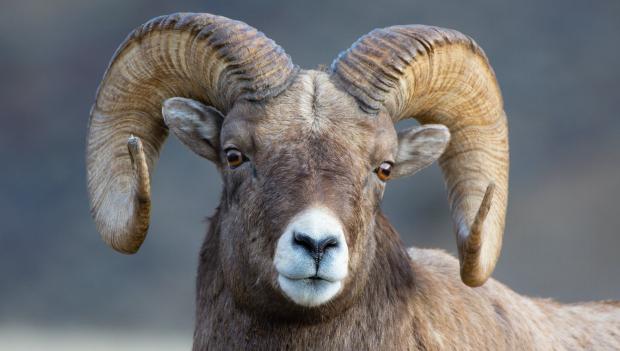
Recommended: Outdoor Photography Tips for Beginners
Mink
Minks are beautiful small animals with their long, thin bodies and silky fur. These mammals are found near lakes, ponds, or streams and where they have trees for cover. They dig their dens in the ground or live in hollow logs. To view them in their natural habitat, be ready to search for them during dawn and dusk.
Where to catch a glimpse of minks: Poe Paddy State Park, Pennsylvania
This park is nestled at the confluence of Penns Creek and Big Poe Creek, where you can find minks hunting along the banks. You can catch a glimpse of the lovely hooded mergansers floating just beyond reach. If you wish to get out for a good hike, try the Mid State Trail. This camping experience will be something to remember for a long time.
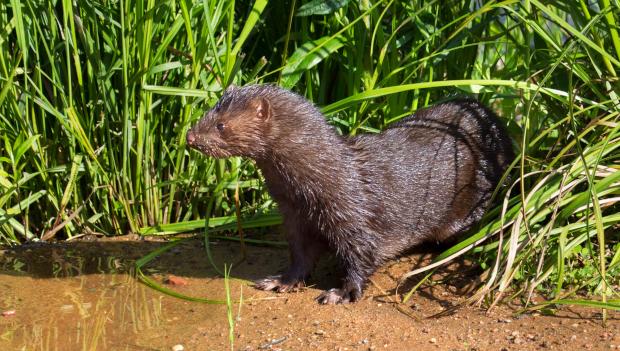
Bald Eagles
These magnificent birds are native to North America and have always been a popular species to spot when out in nature. They are also the national emblem and mascot of the United States. Eagles live for many decades, the oldest one known to have lived until the age of 38. Bald eagles pair for life and share all parenting duties. Most sightings are made during the winter months, but you can also see them occasionally in summertime.
Where to see bald eagles: Umbagog Lake State Park, New Hampshire
Explore the remote areas of this state park and look for four nesting pairs of eagles that live in the wildlife refuge. You will also likely see loons, river otters, and even moose. Paddle around the wilderness lake to enjoy the animals, birds, and views here.
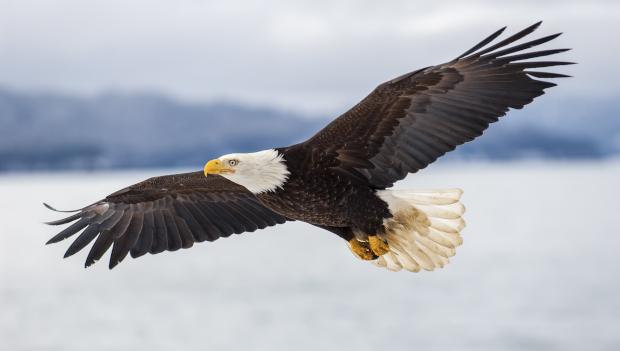
Bison
Bison, the largest mammals in North America, have been an emblem of the frontier. They eat grass, herbs and aquatic plants. They can weigh up to 2,000 pounds and stand as much as 6 feet tall. Their shaggy black/brown fur helps to protect them from the cold winters. In 2016, they were officially and legally made the national mammal of the United States.
One place the bison roam: Antelope Island State Park, Utah
This park not only offers some amazing sunsets over the Great Salt Lake, but also gives you the opportunity to view the herd of 600 American bison living here. You will see bison almost anywhere you look when on Antelope Island, but you will have a better chance to see them where they tend to gather – on the east side. Wildlife is plentiful and you’ll also glimpse deer, coyotes, antelope and waterfowl.

Check with your Local Government Organization
Many policies have been established to counter and control the coronavirus outbreak. State and local officials have been taking decisive action to stop the spread. The policies vary by state, sometimes to a great degree. When you book a reservation, make sure to review the park and state’s latest rules and regulations prior to your visit.
For COVID-19 updates, please visit our Impacted Park List and Reservation Guide for the latest information.